When is the next full moon of February? When to see the snow moon, micromoons and Jupiter
February might be the shortest month of the year, but what it lacks in days it is making up for in astronomical events this year.
From a new moon to a micromoon to a Jupiter sighting, here is what’s in store in the sky this month.
When is the next full moon?
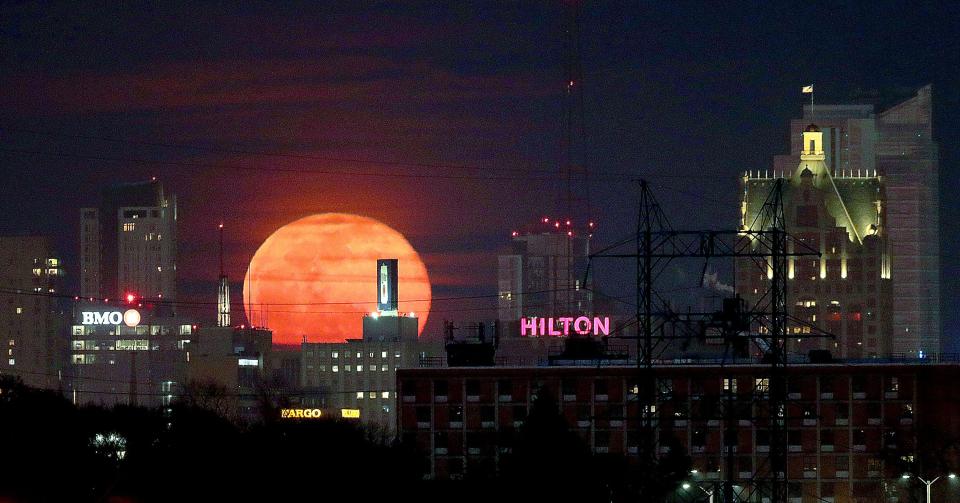
The next full moon, a snow moon and micromoon, will appear on Saturday, Feb. 24 at 7:30 a.m., according to TimeandDate.com.
Ahead of the full moon, a new moon will occur on Feb. 9 at 5:59 p.m., followed by a first quarter moon on Feb. 16 at 10:01 a.m. The last quarter moon occurred on Feb. 2 at 6:18 p.m., according to Almanac.
Due to the lower amount of moisture in the atmosphere during the winter, the stars seen during this new moon will have a bit more sparkle than those of other months.
What is a snow moon?
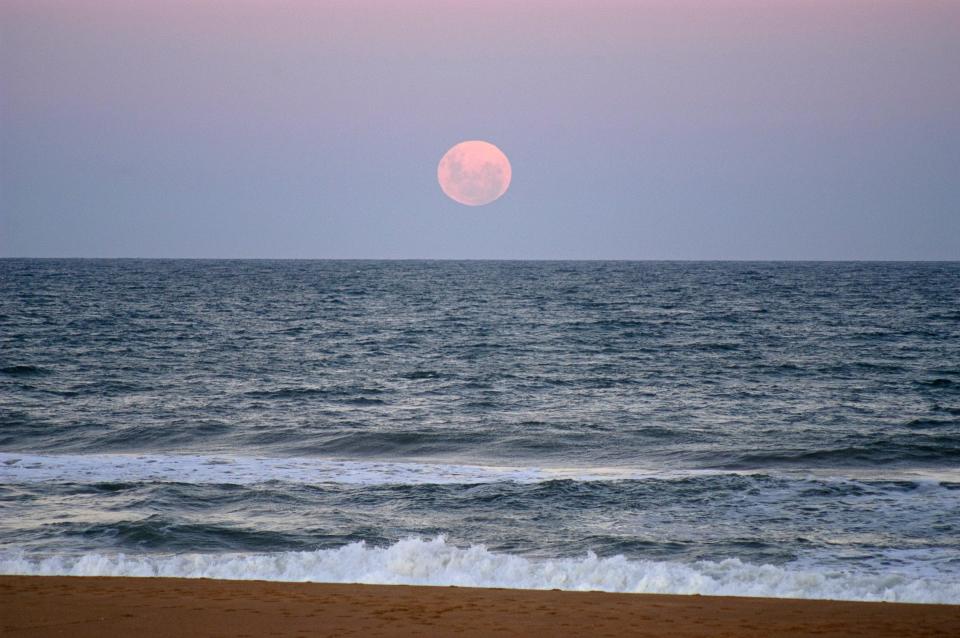
The full moon is named after the snow on the ground in the Northern Hemisphere.
Other names for the February full moon are the “hunger moon,” “storm moon,” “bald eagle moon” and “bear moon,” among others, in various Native American and Indigenous cultures.
About once every 19 years, February does not have a full moon, an occurrence known as a black moon. Due to time zone differences, this may not happen all over the world, according to TimeandDate.com.
What is a micromoon?
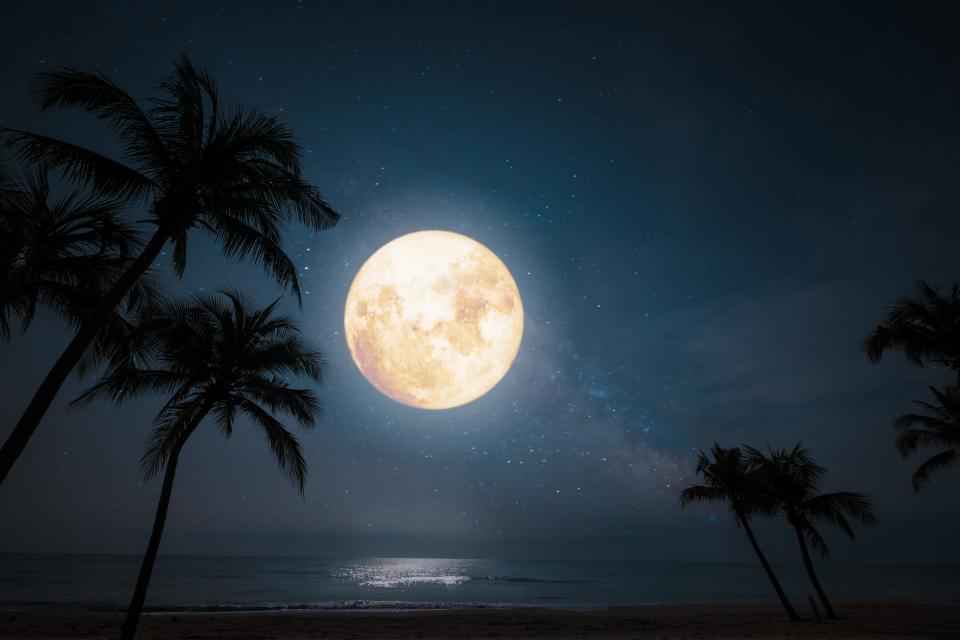
When a full moon or new moon is at its farthest point from earth, called apogee, it is known as a micromoon, the opposite of a supermoon, according to Almanac.
A micromoon looks approximately 14% smaller than a supermoon, with its illuminated area appearing 30% smaller, TimeandDate.com reports.
More solar sights in February
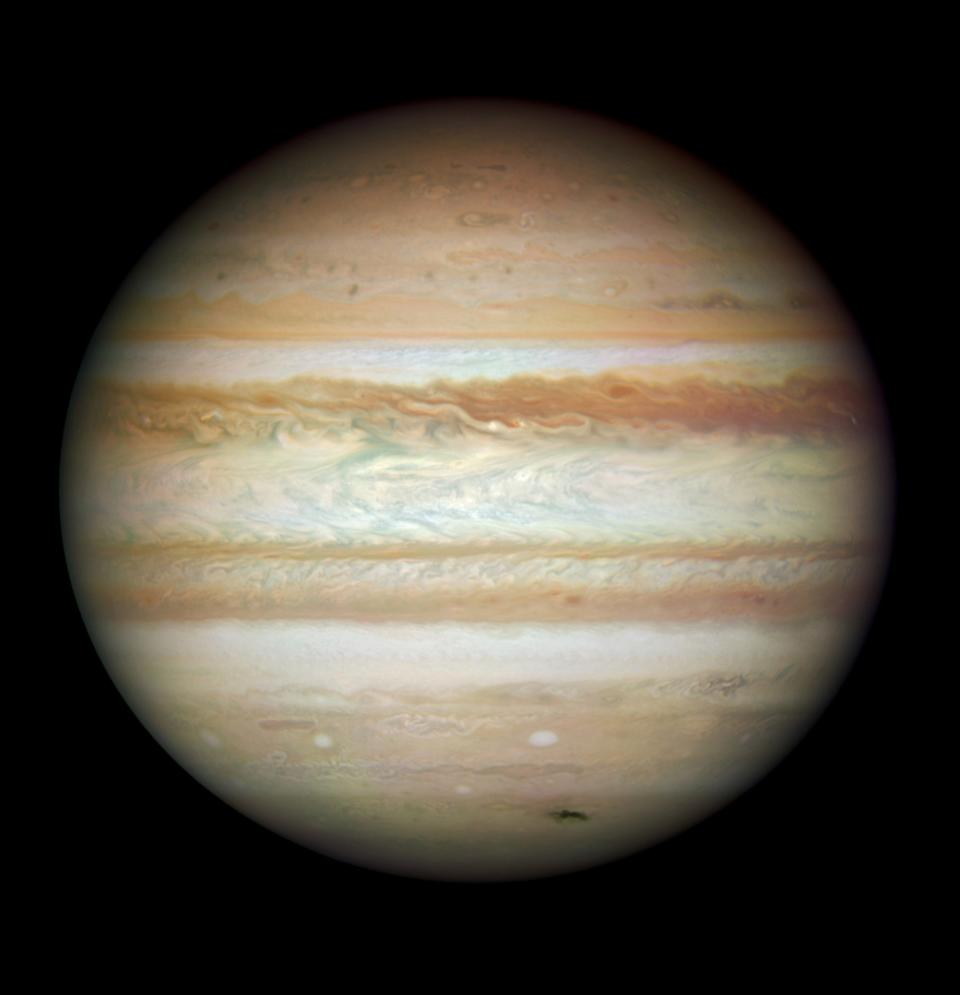
Stargazers are in for a trio of sky sights the third week of February.
If clouds are on hiatus on Feb. 17, you’ll have a clear view of the moon in the sky, with the constellation Orion below it and Jupiter to the right just after sunset, according to AccuWeather.
If it ends up being cloudy, the grouping can be seen on Feb. 18 and Feb. 19, too, although the moon will appear farther away from Orion and Jupiter with each passing night.
March full moon
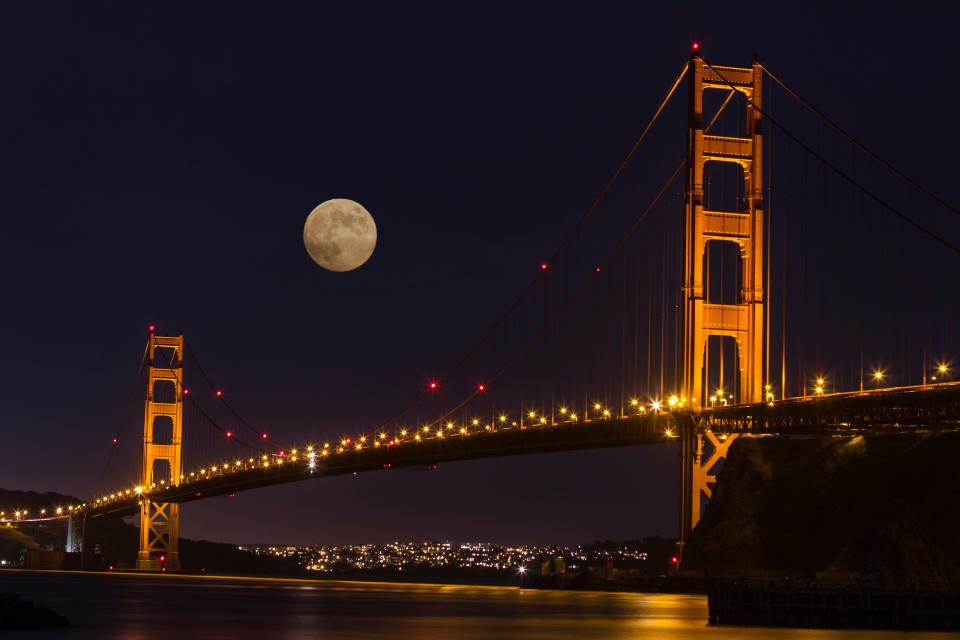
Looking ahead, the full moon in March is called the "worm moon." It will be visible on March 25 at 3 a.m., according to TimeandDate.com.
Some say the moon is named after the earthworms of warming spring soil, but according to Jonathan Carver in the late 1700s, this moon refers to the larvae that emerge from the bark of trees and other winter hiding spots during this time, according to Almanac.
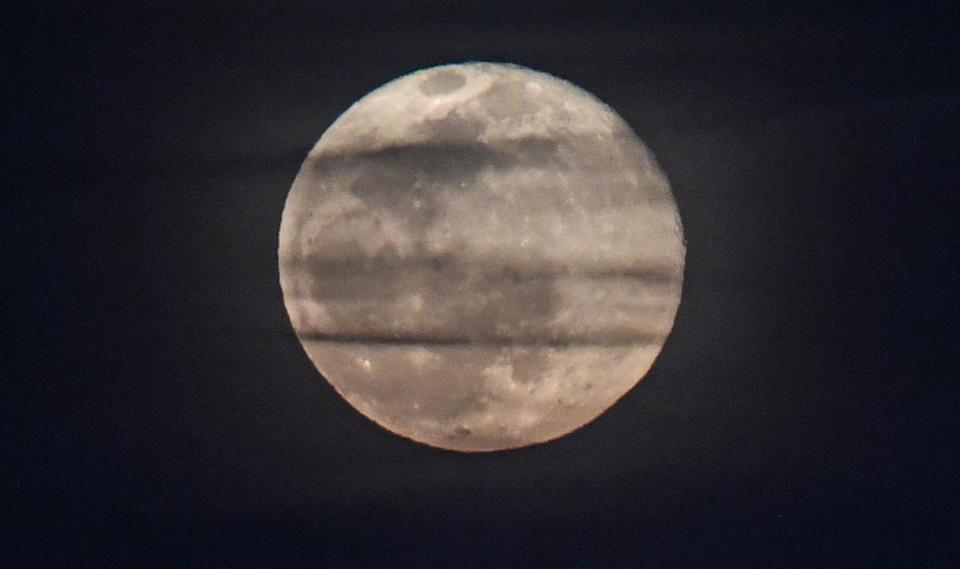
The worm moon is called the paschal moon if it is the first full moon on or after March 21 and is used to determine Easter. Paschal moon dates range from March 21 to April 18, according to TimeandDate.com.
Similarly, some know it as the Lenten moon, denoting the Christian Lent period before Easter. Other names include the “crow moon,” “snow crust moon,” “plough moon,” “chaste moon” and “sap moon,” according to Native American and Celtic culture.
This full moon coincides with the spirit of rebirth, purity, new beginnings and cleaning that the March equinox brings.
Got a tip or a story idea? Contact Krys'tal Griffin at kgriffin@delawareonline.com.
Online daters, beware: Have you been catfished? How to spot red flags when online dating this Valentine's Day
Public health trends: Delaware confirms 6 flu-related deaths since Oct. 1, reports vaccinations down
Eclipse: The total solar eclipse will be here soon. Here's where you can plan to watch in Delaware
This article originally appeared on Delaware News Journal: When is the next full moon of February 2024? See snow moon and Jupiter

